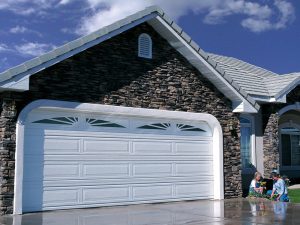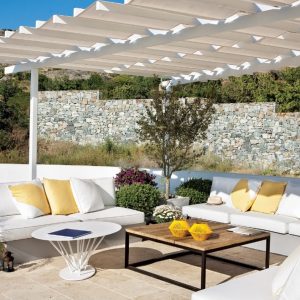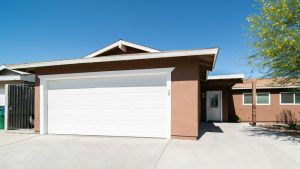Last Updated on May 29, 2017 by teamobn
This article was originally written in March 2012. It was last updated on the 16th of March, 2017.
If you’re struggling with skyrocketing energy bills, you’re in good company. In fact, just about everyone else on this planet of ours is facing the same challenge. And like you, they’re not happy about it!
Fossil fuels are a finite resource. World politics and political tensions often disrupt the supply of the resources we do have. Demand is outstripping supply and that won’t change. Does the ultimate solution lie in renewable energy sources such as wind, water and solar?
Of the above three, only solar is a viable domestic solution right now. Many Aussie homes have gone at least part solar over the past five years. The majority haven’t. One reason is that solar power generation is shrouded in myth. In this two part series we intend to bust a few of those myths wide open. So let’s start with the first one…
Myth: Solar is no good when it’s cloudy

Fact: Most of us believe that solar power is unreliable during cloudy days. Well, it seems someone forgot to tell the German people that! In fact Germany – not a country renowned for its bountiful sunshine – remains the world’s biggest user of solar energy with over 39,000 megawatts produced annually. They’re actually producing more energy than they use!
There is significant solar radiation even on the cloudiest of days. That’s why you can still get sunburnt even though you didn’t see the sun all day! Of course, solar panels are most efficient when there is uninterrupted sunshine but they will still work at about 50% efficiency on a very cloudy day.
The next time you hear or read this myth, you’re now armed with the facts to bust it.
Myth: Manufacturing solar panels consumes more energy than the panels can produce.

Fact:
Environmentally-friendly, renewable, and a reliable source of energy; these are just few of the things we love about solar power. But are they energy and cost effective?
Solar panels manufacturing obviously requires resources. It’s certainly capital intensive, which is why the real cost of solar panels hasn’t plummeted the way that consumer electronics have. But there is also a relatively heavy energy investment needed to create a solar panel. Making aluminium, glass and the photo-voltaic cells are all demanding processes.
Therefore, it’s not surprising that many people believe that the energy consumed in producing solar panels is greater than that same panel will generate throughout its lifespan. If true, then it’s clear that instead of saving the environment, we’re actually contributing to greenhouse gas emissions by using solar panels.
The reality is quite the opposite. In fact, depending on the type of solar panel and the climate where it is located, a solar panel is expected to pay back the energy consumed in its production within 1 to 4 years. Since quality solar panels last for at least 30 years, they can supply you with clean, free, environmentally positive energy for at least 26 years. (Most solar panels are made to such a high standard that they are expected to still be producing 80% of their initial output after 30 years. It’s conceivable that many panels will have a viable life of more than 50 years!)
So there you have it! Installing solar panels won’t make you guilty of contributing to greenhouse gas emissions.
(Update: March 2017 The cost of solar panels has fallen dramatically since this article was originally published in 2012. Demand has enabled manufacturers to reteach true economy of scale. During the same period, panel efficiency has also improved significantly thereby reducing the pay back period even more.)
Now let’s bust another one…
Myth: Solar power is expensive
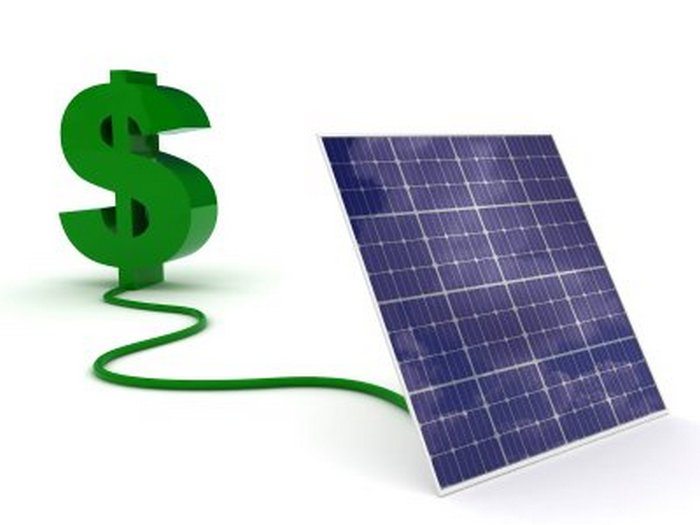
Fact:
Like the air we breathe and the rain that renews everything around us, the sun’s warmth is free. It is estimated that the sun pours more energy on the earth’s surface every hour than humankind uses in a year! It’s abundant as well as free! It’s the utilization of that energy that requires money. But is it an expense or an investment?
Going solar requires panels, a fixing system, an inverter and, if you want grid connection, you’ll probably also need a new power meter. If you’re off-grid, you’ll also need a battery bank to store those daylight hours for use after dark.
That adds up to a lot of money for most families which is why many are hesitant to make the switch. Here are the things that you will need to take in to account when making the decision to ‘go solar’.
- Up-front cost of the panels and installation.
- Are you eligible for a rebate?
- Is your roof north facing?
- What will you be paid for electricity you produce?
- Does gross or net metering apply? Net metering makes payback times more difficult to work out, as you don’t know what proportion of energy generated will be exported to the grid.
- System size.
- What are the Renewable Energy Certificates worth?
- The cost of upkeep. While proponents of solar panels say they’re reliable and require little maintenance, apart from occasional cleaning you’ll need to replace the inverter at least once during the PV system’s lifetime (an inverter usually costs several hundred dollars).
- Ideally, you’d also take rising electricity costs into account. Producing your own solar electricity is becoming more financially attractive as coal-fired electricity prices continue to rise.
The solar industry is extremely competitive. At the time of this update (March, 2017) 5Kw output are being advertised for as little as $3,990 with RECC’s subsidies. At that cost – based on current power charges, your payback period may well be less than two years.
I currently have 7.1MW of generating capacity. My last two quarterly power ‘bills’ have been credits totaling some $210.00. We are considerate of power usage but not unduly so. We’re an extended family of six using gas for cooking and hot water. We run a 5KW air-conditioning system anything up to 10 hours a day during summer. It get’s switched off at sunset so that it runs exclusively on the energy produced by our solar system. There are six computers running 24 hours a day and countless devices getting recharged. Ceiling fans are used extensively but we do use LED lighting in most rooms.
Obviously, winter with it’s reduced hours of sunlight will eat up that credit but I expect to be cost neutral over the full year. My system, installed in two parts with two inverters, required an investment of around $7,500 (the first system was REC subsidised [Renewable Energy Cerificates] ). Based on current grid power costs, our payback period will be around four years. Given that electricity costs have soared over the past five years – with no sign of slowing, that will probably be more like three years. That’s a sound investment in anyone’s books.
Which leads us to another reality… a solar power system installed on your home may well increase the value of your home. This alone can compensate for the cost of installing the system, should you ever decide to sell your home.
So think of going solar as an investment rather than an expense – an investment that should continue to pay dividends for many years to come.
Myth busted!
Battery storage update:
Recent innovations like the Tesla PowerWall and the Australian ZCell are opening up a whole new field of savings for homeowners. The allow for all of the power produced by your panels to be stored for overnight consumption.
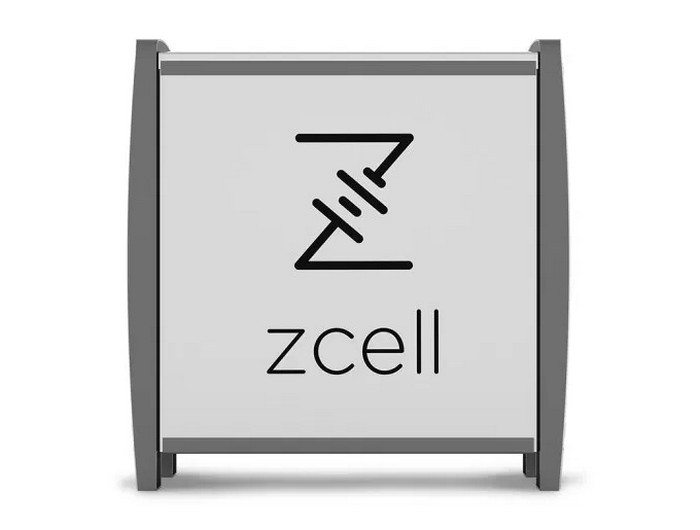
In September 2016, Morgan Stanley forecast that storage battery prices were expected to drop by 40% over the following two years. As prices fall, demand increases leading to lower manufacturing costs, lower prices and increased demand. It’s the same cycle that has seen solar panel pricing reduce so dramatically. Installing panels today is likely to be the first step in power self-sufficiency for many of us. That’s great for your hip pocket and even better for the environment!
Are there any other solar power myths that are keeping you from going solar? Have you already gone solar? What has been your experience? Come on and share your thoughts below.

